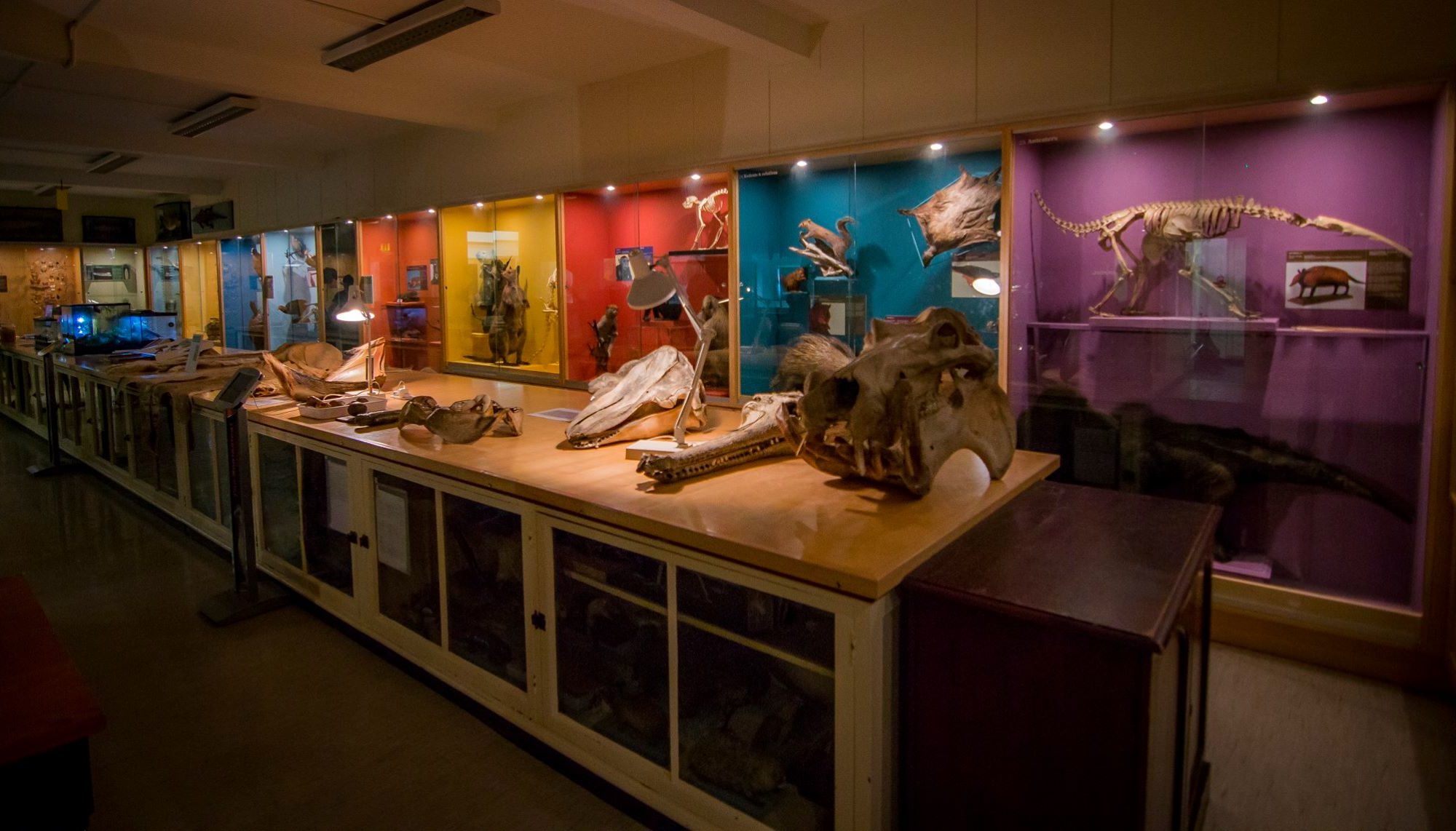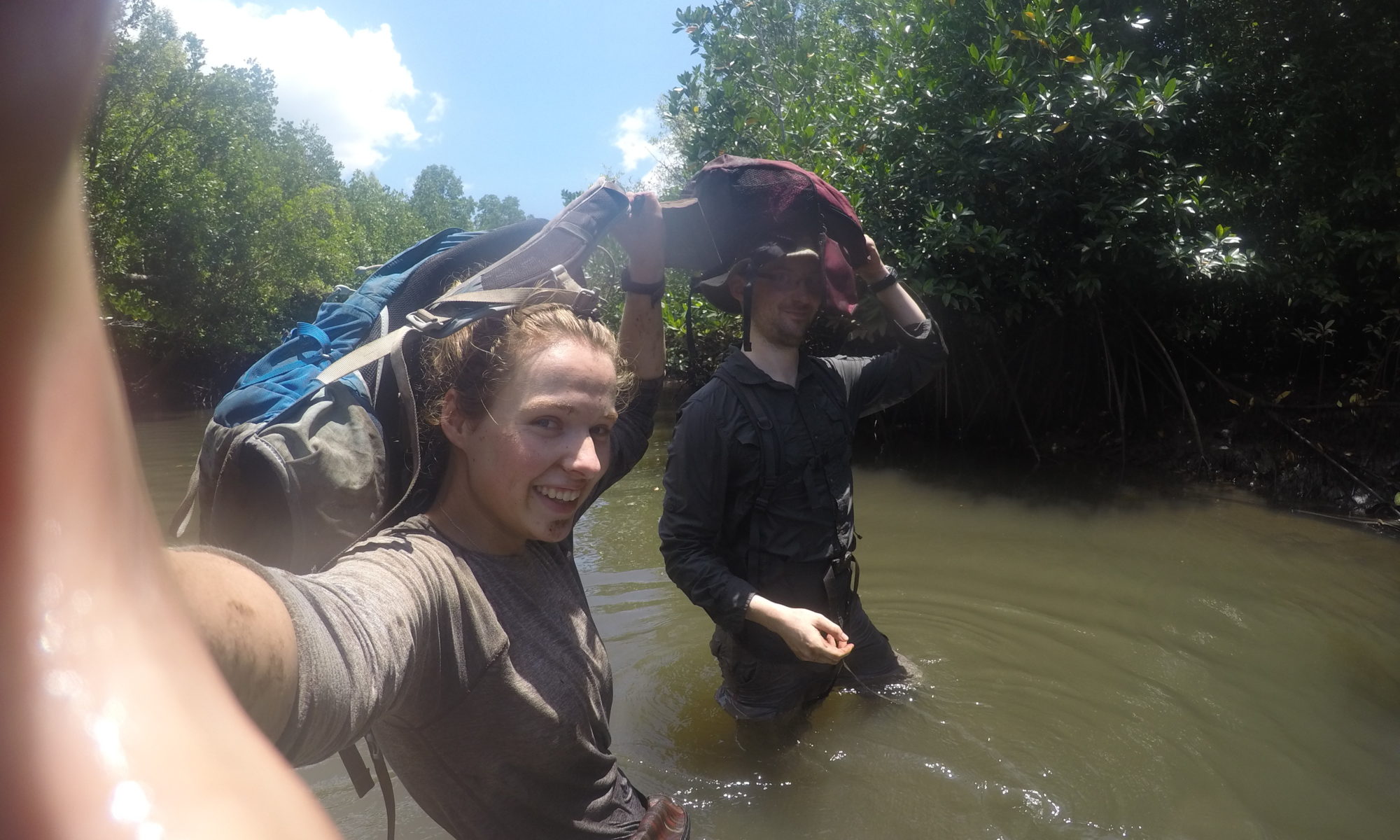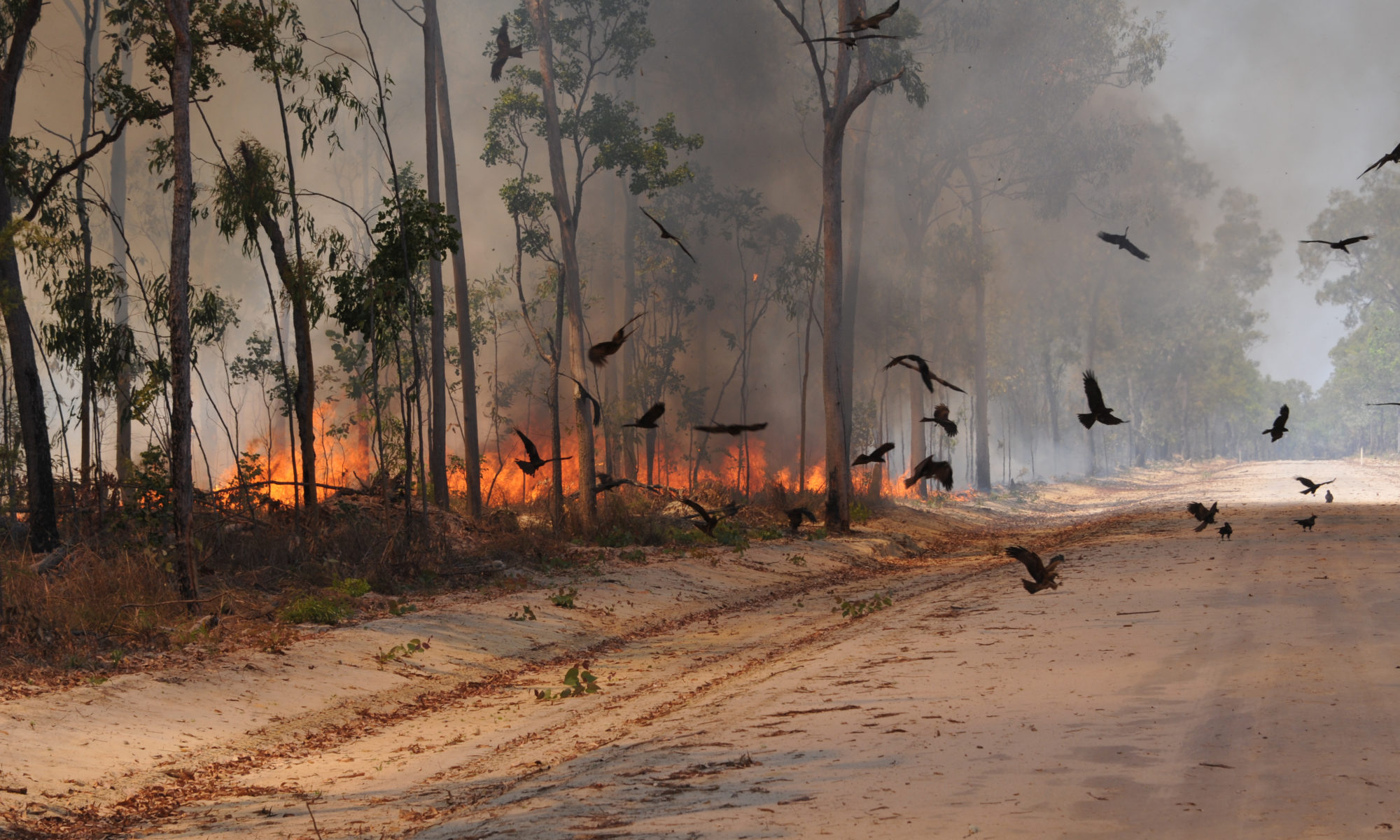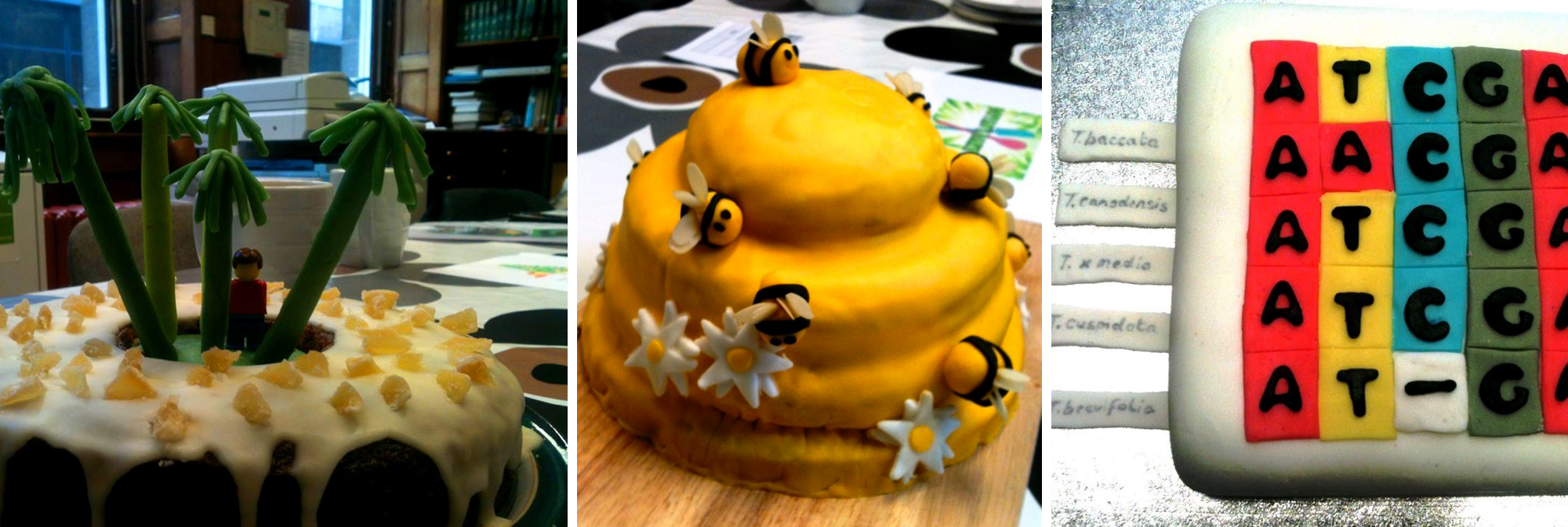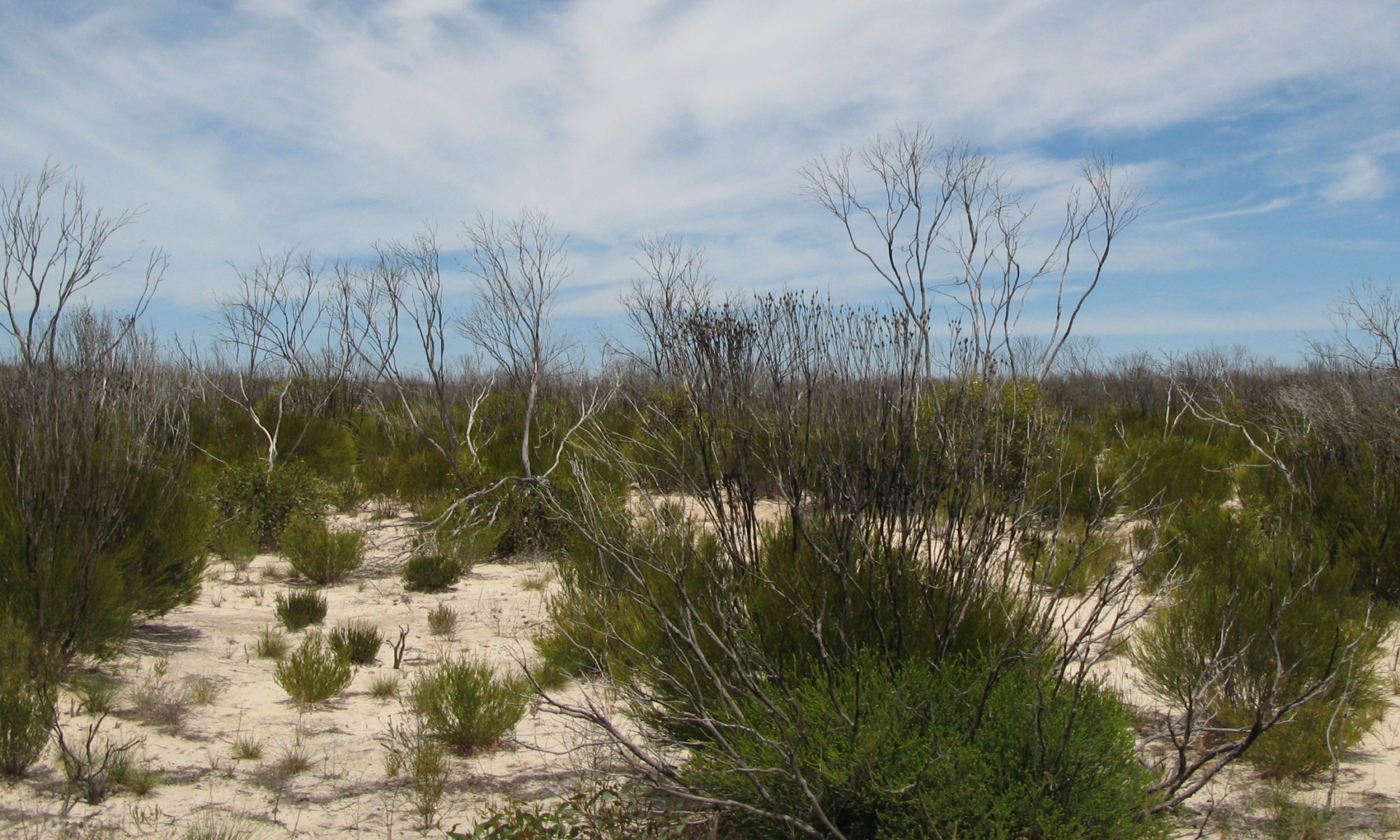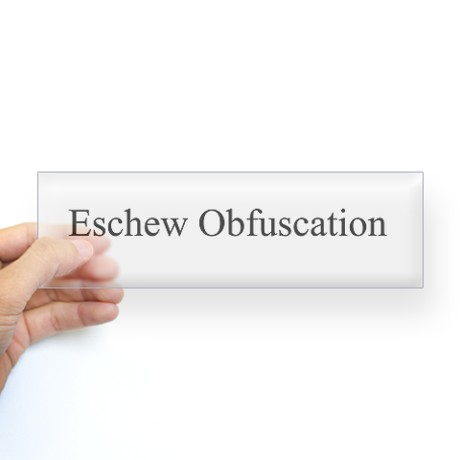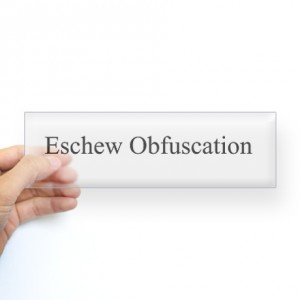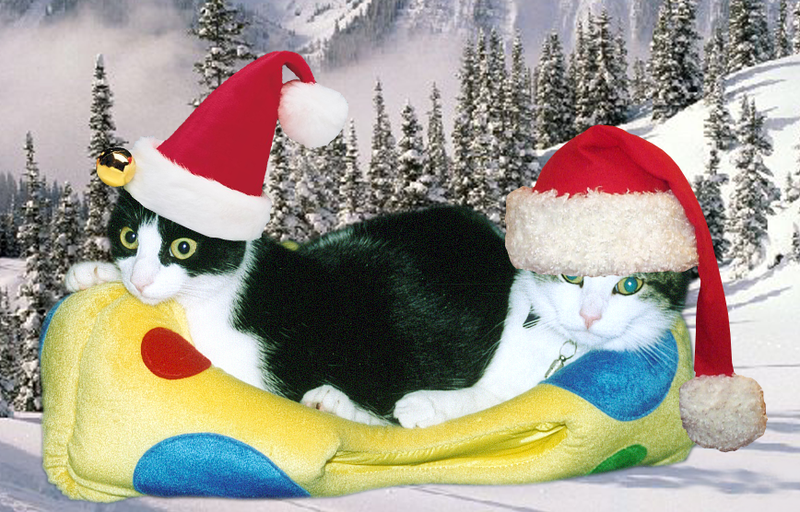Every year, contributors to the blog look back on their favourite papers of the previous year and tell us what it was about these publications that stuck in their mind so much. With a range of different topics and reasons, it’s always great to see what each of us thinks makes for a great paper! Find out what we elected as our favourite papers in 2018 and 2017, and read on for this year’s entries:
Perrot-Minnot, M. J., Guyonnet, E., Bollache, L., & Lagrue, C. (2019). Differential patterns of definitive host use by two fish acanthocephalans occurring in sympatry: Pomphorhynchus laevis and Pomphorhynchus tereticollis. International Journal for Parasitology: Parasites and Wildlife, 8, 135-144.
Chosen by Paula Tierney
Read the full International Journal for Parasitology: Parasites and Wildlife paper here

Sometimes a paper doesn’t have to make huge waves in the broader ecology world to be a great paper and sometimes a paper comes along at just the right time to answer the questions you need answering. Perrot-Minnot et al. 2019 did both for me this year. Since the taxonomic revision of the acanthocephalan parasite Pomphorhychus laevis by Špakulová et al in 2011 resurrected the closely-related species Pomphorhynchus tereticollis, the systematics of the genus in Europe has been something of a taxonomic dumpster fire. It also left one of my PhD chapters with a bit of an identity crisis since,
Continue reading “The 2019 EcoEvo Hall of Fame”

